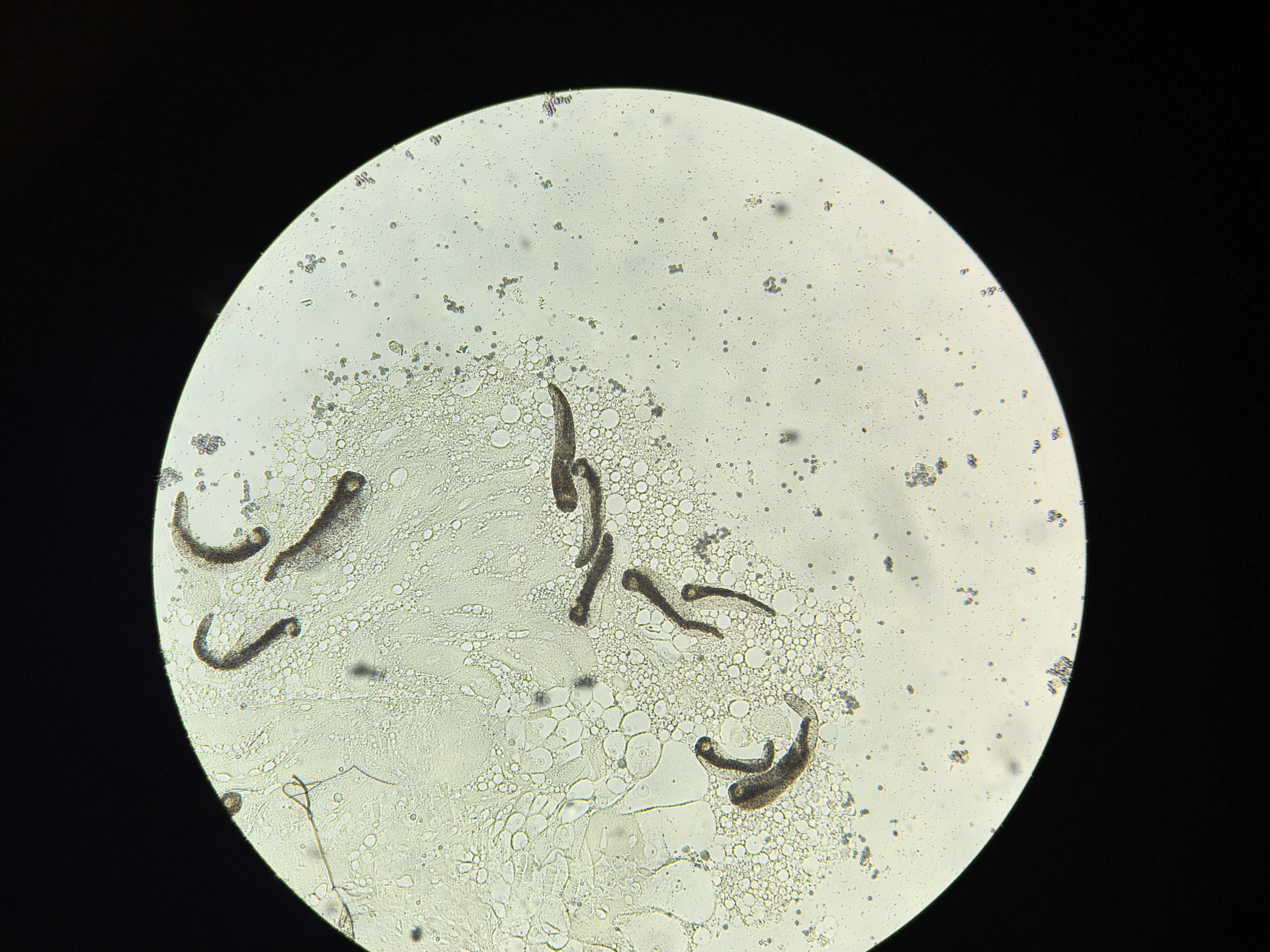Invasive mosquito helps break the spread of a parasite

A microscopic image of Ascogregarina barretti trophozoites in the midgut tissue of a native North American Aedes triseriatus mosquito. Credit, E. Biro.
Some species of mosquitoes spread dangerous human diseases. But mosquitoes have their own parasites, like the protozoan Ascogregarina barretti, which is related to the organisms that cause malaria and toxoplasmosis, and infects the native North American mosquito Aedes triseriatus. The invasive mosquito, Aedes japonicus, a recent arrival in North America, does not contract As. barretti. Will the presence of Ae. japonicus dilute the prevalence of the parasite in the native mosquito? Find out this August at Katie Westby’s talk during ESA’s 2016 Annual Meeting in Fort Lauderdale, Florida.
- COS 6-6 -Interactive effects of species invasion and habitat quality on parasite prevalence: Evidence of a dilution effect
- Monday, August 8, 2016: 3:20 PM, room 124/125, Ft Lauderdale Convention Center
- Katie M. Westby, Tyson Research Center, Washington University in St. Louis, Eureka, MO
Browse more presentations about mosquito ecology at the 2016 Annual Meeting.